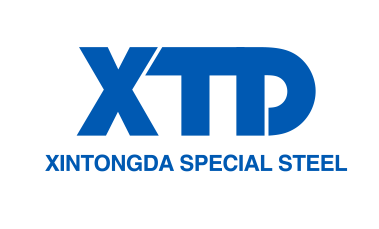Inconel 625, a nickel-based superalloy, boasts several noteworthy features that make it a popular choice in various applications:
Characteristics:
High Corrosion Resistance: Inconel 625 exhibits exceptional resistance to corrosion, making it suitable for aggressive environments.
High Tensile Strength: It maintains its strength even at elevated temperatures.
Fatigue Resistance: The alloy performs well under cyclic loading conditions.
Solid Solution Strengthening: Inconel 625 has a face-centered cubic (FCC) structure.
Composition: It primarily consists of nickel (62.10%) and chromium (22.0%), along with niobium, molybdenum, iron, manganese, and silicon.
Microstructure: Upon thermal exposure, it forms intermetallic phases, carbides, and other precipitates.
Techniques:
Additive Manufacturing: Researchers explore additive manufacturing processes (such as laser-based, electron beam-based, and electric arc-based) to overcome machining challenges associated with IN625. This method allows the production of complex components with high strength and corrosion resistance.
Applications:
Aerospace: Inconel 625 finds use in aerospace components like spray bars, hydraulic tubing, turbine shrouds, and thrust reverser systems.
Heat Exchangers: Its chromium content makes it suitable for heat exchanger coatings, resisting hot corrosion and oxidation.
Nuclear Technology: Inconel 625 is employed in nuclear applications due to its robust properties.
Marine Industry: The alloy’s supreme weldability and marine corrosion resistance contribute to its popularity.
Remember, Inconel 625’s versatility extends across various industries, making it a valuable material for high-temperature environments.
